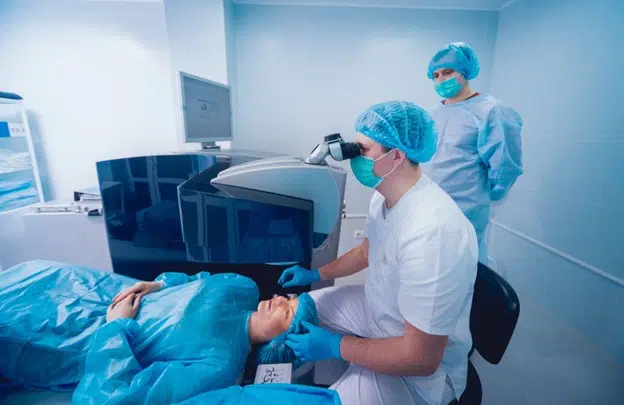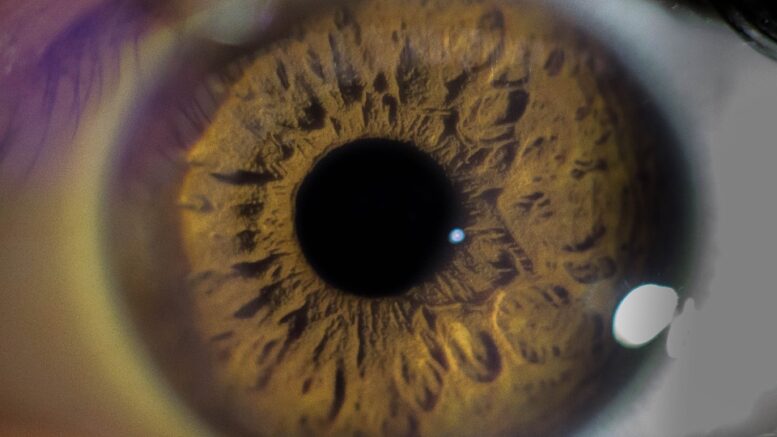Our eye is a sensitive organ in charge of one of the most crucial senses: vision. If something goes wrong with your eyes, you are in danger of losing your eyesight, whether partially, completely, momentarily, or permanently!
As a result, only specialists can and should detect and cure eye diseases. These medical professionals are known as ophthalmologists. And, like all diseases, they may be treated medically or surgically.
Top Eye Surgeries
One can undergo various eye surgeries to treat both minor and major eyesight issues such as lipiflow procedure and corneal cross linking surgery. Here are the top eye surgeries people undergo and why they get them.
Automated Lamellar Keratoplasty (ALK)
This procedure is used to treat hyperopia and severe myopia. The eye surgeon uses a special blade to cut a flap across the front of the cornea, which is then folded to the side.
A tiny slice of tissue is taken from the cornea’s surface. This lowers refraction by flattening the center cornea. The flap is then reinstalled. The surgeon attaches the flap without the need for stitches.
During ALK for hyperopia, the eye surgeon uses a microkeratome to make a deeper cut into the cornea to create a flap. The corneal surface stretches and bulges due to the pressure in the eye.
The bulging cornea enhances optical power, which eliminates hyperopia, the flap is then reinstalled, and the surgeon can reattach it without sutures.
LASIK
This is one of the world’s easiest and most common eye procedures, designed to enhance vision in persons with refractive problems such as astigmatism, farsightedness, and nearsightedness.
Nearsightedness, or myopia, is more likely to benefit from this operation, although advances in the LASIK technique imply that persons with other refractive problems can also benefit. LASIK takes roughly 15 minutes for each eye, and your laser eye surgeon will use numbing eye drops and replace the corneal flap following reshaping.
Most individuals can return to work or school the next day, but you should wait a few days or weeks before engaging in moderate or vigorous activities.
Photorefractive Keratectomy (PRK)
This operation is performed using the same laser also used in LASIK eye surgery. It is a procedure used to change the shape of the cornea to fix mild to myopia. The excimer laser beam reshapes it by eliminating microscopic quantities of tissue from the cornea’s outer surface.

A computer is used to map the eye’s surface during the operation. It also computes how much tissue should be removed. This procedure usually takes a few minutes. Because the corneal surface is removed, healing takes a few weeks.
The most frequent adverse effects are eye discomfort that might linger for many weeks, minor corneal haze immediately following surgery, and glare or halos around lights for months after surgery.
Refractive Lens Exchange (RLE)
There offers an alternative to LASIK for elderly individuals who are no longer ideal candidates for laser eye surgery.
Your eye surgeon will remove the natural lens from your eye, similar to cataract surgery because it no longer refracts light properly. Your surgeon will then replace the natural intraocular lens (IOL).
A monovision IOL, which provides strong middle-distance vision, may be covered by vision insurance, but you will still need to wear glasses for close-up or distant vision.
You might acquire a multifocal or extended vision range IOL, but they are not deemed medically required and may not be covered by your insurance.
Conductive Keratoplasty
This is a surgical procedure used to treat mild to severe hyperopia. It shrinks the collagen and changes the cornea’s curvature. The radio waves are applied to the outer cornea with a probe a little thicker than your hair which results in a tight band. The band enhances eyesight by increasing the curvature of the cornea. This operation is only available to people over the age of 40.
Phakic IOL
Some patients have serious refractive problems that necessitate surgery, yet they are not LASIK candidates. The phakic intraocular lens (IOL) is sometimes called an implanted contact lens because it helps the eye’s natural lens refract light more effectively.
To optimize refraction, your ophthalmologist will assess whether your phakic IOL should be placed in front of or behind the eye’s iris.
While a flap is formed in the cornea, there is no corneal reshaping, and your lens is not removed, resulting in a faster recovery period.
Strabismus Correction Surgery
Although surgery is seldom required for this issue, altering the length of the eyes’ muscles can help them realign and enhance vision in certain situations.
Typically, an optometrist or ophthalmologist would work with their patient to develop eye muscle strength through vision therapy and prescription lenses, but in rare circumstances, these nonsurgical therapies may not work.
How Should I Prepare For Surgery?
You should always do your own research when looking into which surgeon to choose with keywords such as ICL surgery near me or glaucoma specialist Chicago, etc.
Before the operation, your surgeon will instruct you not to eat or drink anything. Ask your surgeon when you need to cease eating and drinking. It would be best if you also inquired which medications should be continued before surgery, which should be discontinued, and when.
Most eye operations are outpatient so you can head home right after. You won’t be able to see right after to avoid light exposure; therefore, you won’t be able to drive yourself home, so you will have to arrange for a friend or family member to give you transportation.
You may take pain medication and use eye drops to alleviate discomfort after surgery. Your eye surgeon will provide more information.
The time it takes to recover following surgery varies depending on the procedure. Complete healing might take days, weeks, or months.
Is Insurance Going To Cover Eye Surgery?
While some eye procedures are just cosmetic and are not covered by vision insurance, many others are required to prevent or minimize blindness.
If your ophthalmologist or optometrist advises surgery for a visual problem, inquire about insurance coverage and payment options, before you move forward.
